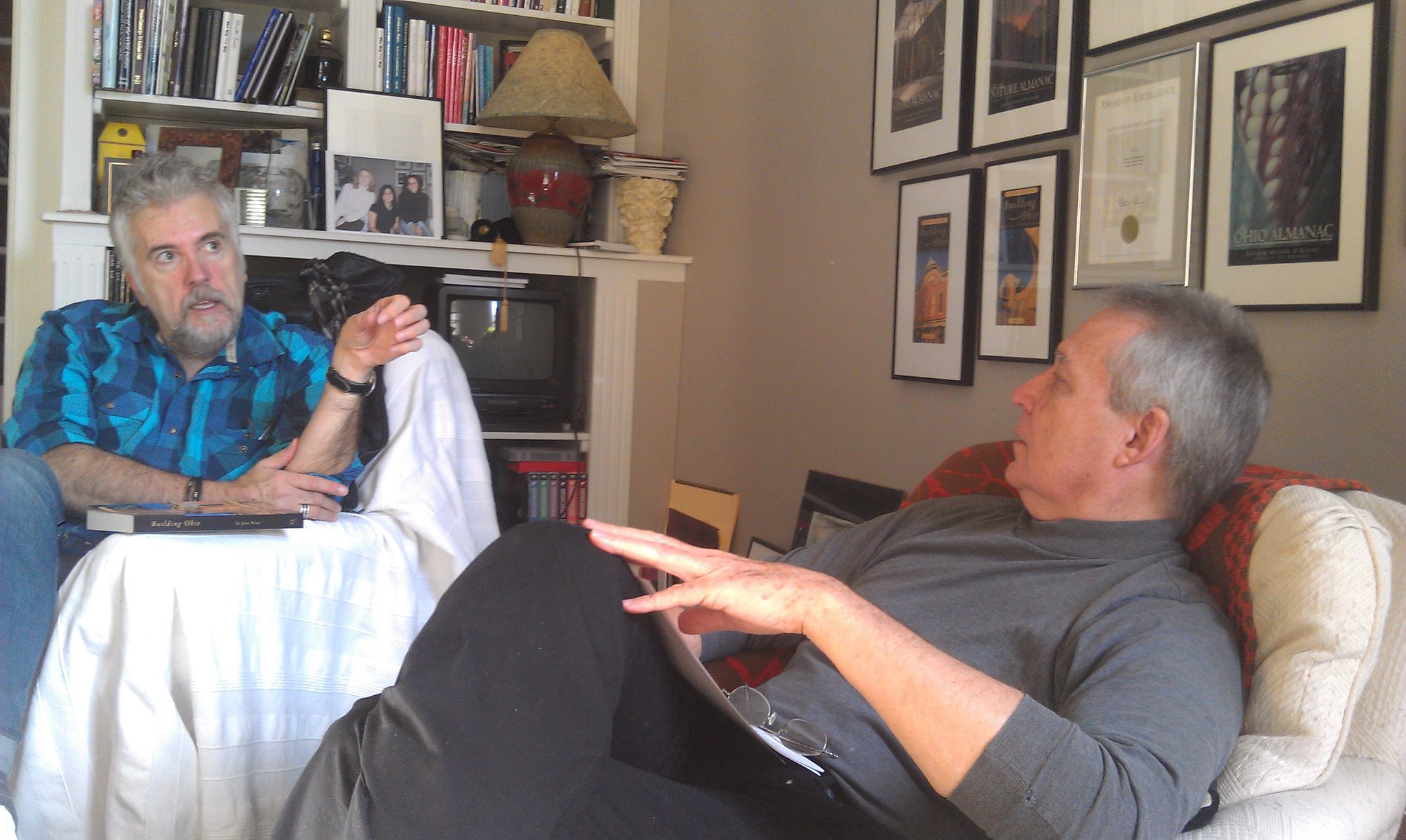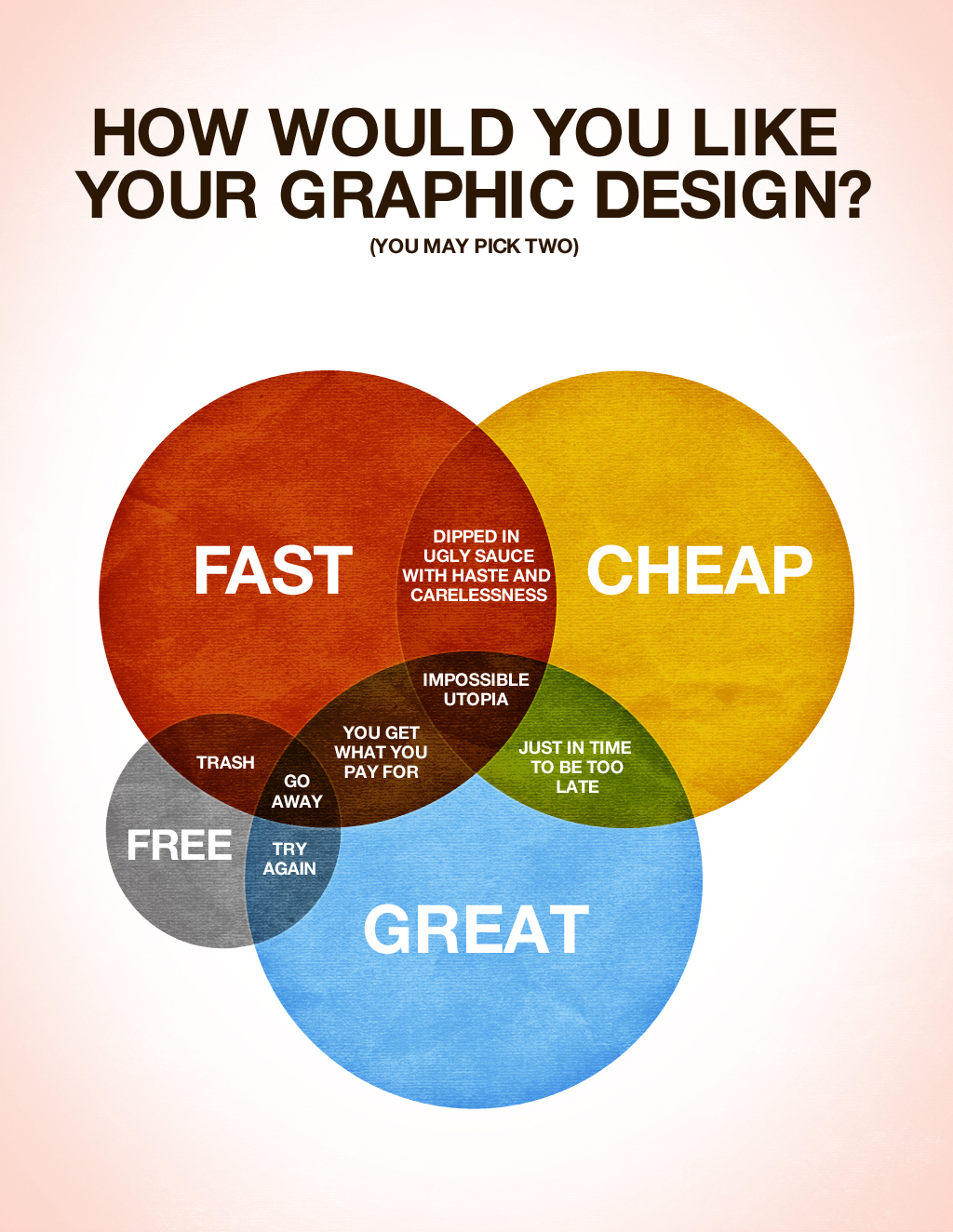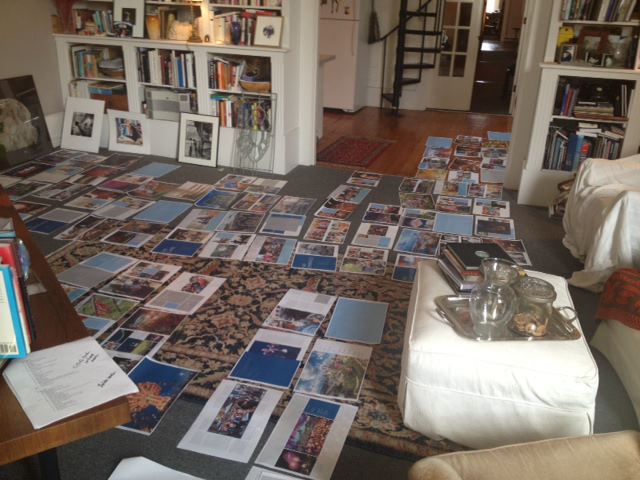Why "Cheap and Easy" Book Publishing Services Don't Always Cut It
Redefining Publishing In a recent article for TechCrunch, “How to Self-Publish a Bestseller: Publishing 3.0,” James Altucher traces the movement of publishing from the traditional, gatekeeper (or acquisition) model to today’s world of alternative, independent publishing. He also redefines publishing, arguing that it is no longer a difference between traditional vs. self-publishing, but rather, a difference between professional and unprofessional publishing. A book could be traditionally published and remain unprofessional—with a poor cover or a lackluster marketing effort—or a book could be self-published with an excellent cover designer, editor, copy editor, and publicist and be a top-notch, professional product.
He traces the evolution of publishing through three primary stages: publishing 1.0 is the traditional, gatekeeper model (a system besieged by inefficiency and challenged by digital innovation), publishing 2.0 is the “cheap and easy” online self-publishing boom of 2010, and publishing 3.0 is the movement toward professional, well-orchestrated, self-published books.
At Orange Frazer, we welcome publishing 3.0, and here’s why.
Publishing 3.0 prizes craft, insisting that the best books require compelling and well-designed covers, impeccable editing and proofing, and smart publicity. With over three million books published every year, publishing 3.0 understands that only the professionally published books will stand out, and that traditional, capital-P-Publishers in New York are not necessarily the route to the most professional product. Altucher notes that the best of the best in the industry are moving into this new age of publishing; this is certainly what we have done at Orange Frazer.
Publishing 2.0: Cheap, Easy, Accessible, and Ubiquitous
At Orange Frazer, we have been helping clients custom publish books for twenty-six years, and our book publishing services have evolved in that time to meet an ever-shifting demand. A few years ago, a parallel industry (publishing 2.0) emerged, an online, self-publishing behemoth with low barriers to entry and unbelievable potential. It seemed like every other week we were hearing about the latest “stars” of self-publishing. The story was always the same: they started off with a few Kindle self-published titles, sold and sold and sold until they hit the tens of thousands, and then the large, deep-pocketed publisher swooped in to pick them up and make them famous (this is the part of the story where they start selling hundreds of thousands of books, and, if you’re Penguin and you happened to pick up Fifty Shades of Grey, you are giving all of your employees $5000 Christmas bonuses, too).
Online self-publishing was, and still is, cheap and easy. You write your book in a Word document, upload the finished manuscript, create a cover using the provided tools, and that’s it. With a few clicks your book is available to the world, and you are an author.
This was an incredible move forward technologically, and it opened up the worlds of reading, writing, and book publishing to thousands that would not otherwise have been privy to them. The industry has employed thousands through various online outlets—Snapfish, Kindle Select, CreateSpace, Lulu, etc.—and it has made writing a viable career for many Americans.
Publishing 3.0: Professional Book Publishing Services
But this route isn’t necessarily for everyone, and it certainly isn’t for every book. Publishing 3.0 is a move toward a high-quality, finished, professional product. Take book covers, for example. An experienced book designer breaks down the elements of a successful book cover—the primary colors, the font, the text size, the image (is it literal or conceptual?), and even its associated genre (does it say mystery, crime, romance, literary fiction?). Book designers spend years perfecting their craft until they can create compelling covers that draw readers in and invite their questions and curiosity. Book covers aren’t just cover pages, they are artistic visualizations of a text or concept, and they tell the reader quite a lot with limited time and space.
And these kinds of book covers take time and talent. Our lead book designer, Brittany, has this graphic by Colin Harman posted next to her computer, and I think it is both humorous and fitting:
Altucher insists that in publishing 3.0 the author should curate each piece individually—the editor, designer, proofreader, publicist, etc. You can certainly go this route, but it may be time-consuming (you're doing a lot of "shopping around," so to speak). As an alternative, you can allow the publishing house to curate these pieces for you and invest in custom book publishing services. Orange Frazer has spent twenty-six years finding the best writers, editors, designers, photographers, researchers, indexers, and printers, ensuring that every book is a professional and high-quality product that we can put our name on. We insist on publishing 3.0, because we believe that authors and readers deserve the best books possible.
When is publishing 3.0 appropriate? Perhaps you are celebrating a milestone for your company, an anniversary, or even a family reunion. You may have a collection of stories to pass down to your grandchildren, or a portfolio of professional photographs that you would like to showcase. Maybe it is the companion piece to a museum exhibit or a novel that you hope to circulate among reviewers. There are times when you need a professional and high-quality product that represents your hard work and talent. And in a world besieged by books, you need to stand out.
What are your thoughts? We love to hear about our readers’ experiences, so share below in the comments if you feel so moved.



